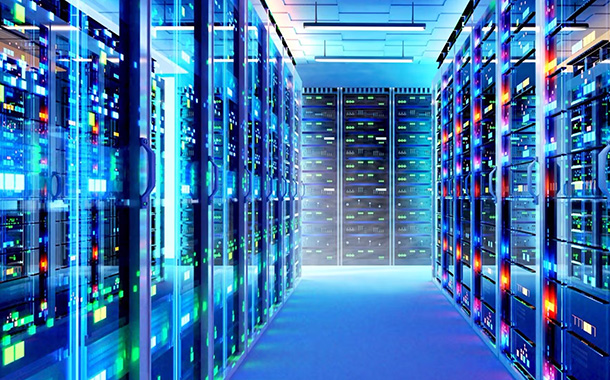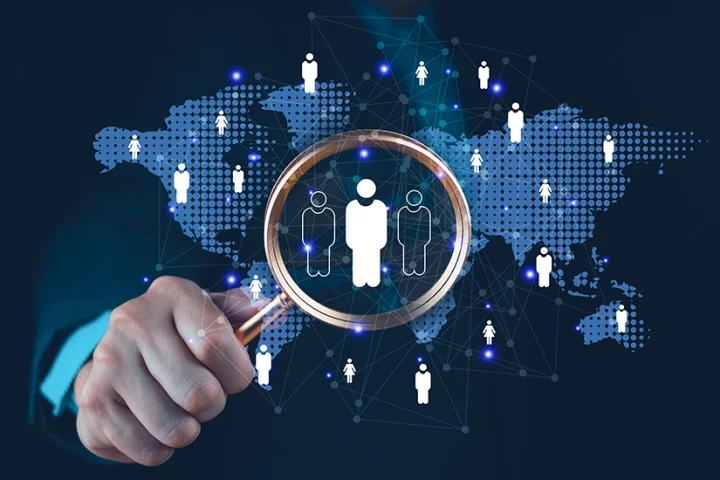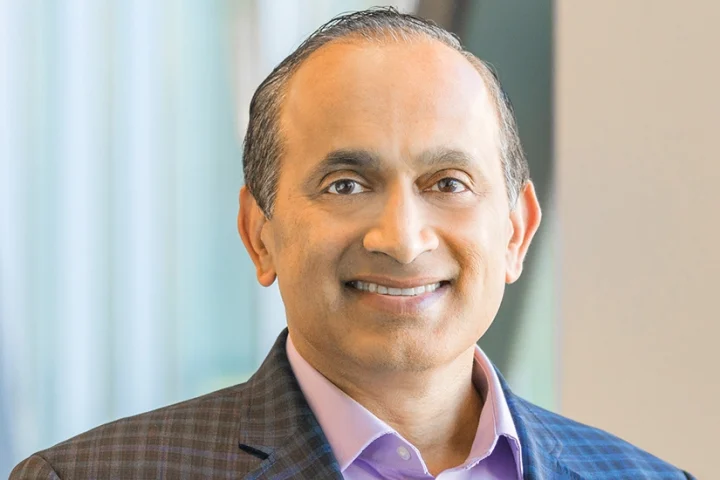This article, authored by Keri Watkins (Partner, Baker McKenzie), Dino Wilkinson (Partner, Baker McKenzie), Amir Ali (Senior Associate, Baker McKenzie), and Priyanka Nagpal (Data Center Lead, Consulting – MEA, and Director, Specialist Advisory, JLL MENA), explores the critical issues shaping the future of data centers.
Data centers have emerged as a pivotal element in shaping the digital landscape of the Middle East and Africa (MEA) region, offering both significant opportunities as well as complex challenges. The MEA data center market is experiencing rapid growth, with projections indicating a CAGR of 9.52% to 11.7% between 2023 and 2029. This growth is driven by factors such as urbanization, tech-savvy population, rise of 5G networks, AI technologies and enhanced subsea cable connectivity to the global markets. The region has established a notable data center footprint, with a total operational IT load colocation capacity standing at around 1,050 Megawatt (MW) by the end of 2024, with an absorption rate of approximately 75-80%. The demand for Artificial Intelligence (AI) data centers is set to accelerate in 2025, alongside other key trends such as the shift to liquid cooling for GPU advancements and increasing interest in Small Modular Reactors (SMRs). The sector is also focusing on sustainability, with efforts to improve energy efficiency and implement water conservation techniques.

As the backbone of our increasingly connected world, data centers are at the forefront of technological innovation, economic development, and sustainability concerns. The industry is focusing on sustainability measures, including improving energy efficiency with Power Usage Effectiveness (PUE) targets of 1.2-1.5, using more renewable energy sources (solar, clean, etc.), and implementing water conservation techniques such as closed-loop cooling and treated wastewater. The sector is also benefiting from government initiatives and public-private partnerships with initiatives being launched that focus on data sovereignty and smart city development, which are prompting significant interest in the region’s data center infrastructure.

As the MEA data center market continues to evolve, it offers substantial opportunities for hyperscalers, colocation operators, investors, and developers. The rising demand for AI and machine learning workloads, along with the region’s strategic role as a connectivity hub linking Europe, Asia, and Africa, enhances its attractiveness. However, achieving success in this market involves overcoming challenges and emphasizing sustainability and future-proofing strategies.
- Regulatory compliance
Data centers (and their users) are bound by a variety of industry regulations and legislation depending on the nature of the data they handle and geographical locations. This includes compliance with data protection and cybersecurity regulations – a number of countries in the Middle East have introduced new data privacy regimes in recent years and each jurisdiction in the region has differing requirements for how data must be handled, stored, transferred, and protected. Cybersecurity controls, cloud computing laws and other telecommunications regulatory requirements and technical standards could all have a significant impact on the viability of a data center project by increasing the cost and impact on operational practices. Saudi Arabia has issued specific regulation for data center providers that include registration requirements for different classes of providers as it aims to become a regional hub for data center services. Other jurisdictions may follow suit and it is important to incorporate a forward-looking element to regulatory analysis to understand potential developments on the horizon.

- Energy consumption
The expansion of the industry comes at a cost: data centers are notorious for energy consumption. Recent global data suggest that electricity consumption for data centers was estimated to account for over 1% of global electricity demand. As the data center industry endeavors to meet the increasing demands of end users for storage and processing power, it faces the challenges of aligning this growth with sustainability efforts in the race to achieve net-zero carbon emissions.
The industry is at a crossroads where it must seek ways to balance the escalating energy consumption required to power data centers and the need to ensure compliance with the abundance of new sustainability regulations with the pressing need to reduce carbon footprints. This involves a combination of adopting renewable energy sources, improving energy efficiency through advanced cooling and investing in carbon offsetting initiatives.
- Land use, location and zoning
Securing long-term leases or property ownership is crucial for avoiding operational disruptions and ensuring long term stability for a data center. In the UAE and in Bahrain, foreign ownership of land and property is reserved to certain “designated areas”. There are also limited circumstances where foreign companies can own and develop land in Saudi Arabia. It is particularly important for overseas investors in data centers to be alive to the restrictions on foreign ownership in the region.
Location of data centers is essential; the proximity to major urban centers like Dubai and Abu Dhabi offers better connectivity and access to infrastructure.

- Artificial intelligence (AI)
The use of AI has turbocharged the data center sector. Automation and AI are increasing to streamline operations, improve efficiency and enhance decision-making processes across all business sectors, which is driving substantial demand for data center capacity. The use of AI has led to the creation of new facilities which can contain more than 5,000 servers and often spanning millions of square feet. However, the use of AI is not without its challenges. Technology is still developing and the extent of changes required in the design, location and connectivity in data centers as a result of AI is not yet clear.
- Cyber security and liability
In view of the of the vast amounts of sensitive data and information held by data centers for businesses and consumers, the industry has become an attractive target for cyber criminals as well as being vulnerable to natural disasters and other external threats. Liability issues, including service disruptions, data loss, and security breaches can lead to significant financial and reputational damage for a data center operator, as well as potential non-compliance with regulatory standards.
Any data stored on cloud needs adequate cybersecurity measures, in particular for systems supporting critical infrastructure such energy, transport, banking, health and digital services. Mitigating these risks and threats can be expensive with high-tech security systems, access controls and other physical security measures required in addition to technical security like firewalls and encryption.
- Supply chain concerns
The supply chain underpinning data center construction continues to pose significant concerns. This is partly due to increasing costs driven by global economic fluctuations that have made sourcing materials more difficult. Delays arising from global material shortages and geopolitical issues have led to project delays which have been exacerbated by the specialized equipment and technologies required for data center projects. The data center boom is also generating challenges in the supply chain with significant demand for the GPUs that supply the processing power for AI.
It is clear that data centers are an essential component for the global digital infrastructure. However, the industry faces numerous challenges. Data center operators must adopt the latest technologies and forward-looking, progressive strategies to address these issues. In doing so data centers can continue to meet the increasing demands of the modern digitalized world while maintaining reliability and security.




















